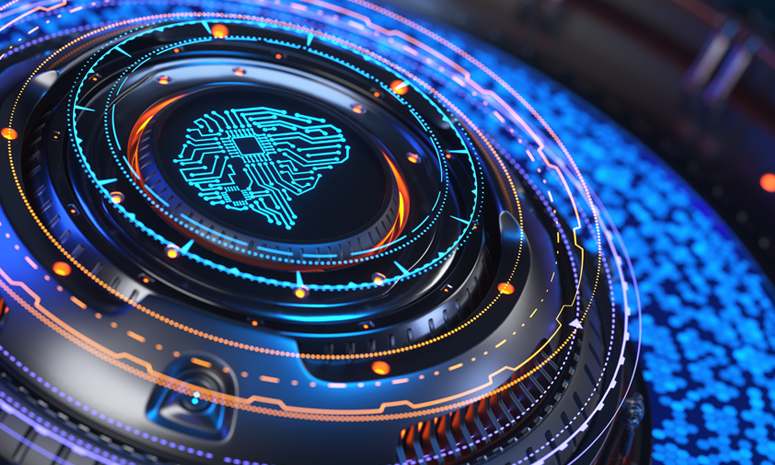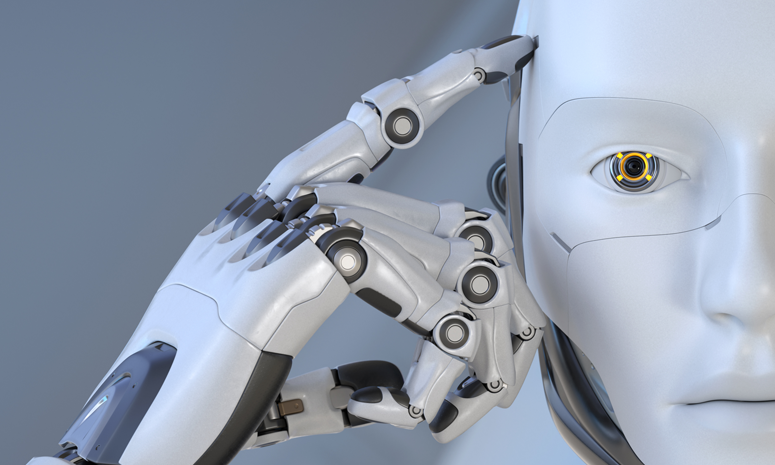What is AI?
The term AI (Artificial Intelligence) exploded across the world’s news feeds in 2023 and these technologies have since been integrated into virtually every part of our lives.
In a broad sense, AI is a collection of adaptive and autonomous technologies that are rapidly developing and evolving to assist us in just about anything we can imagine at work and play.
AI is everywhere

AI has been with us since the dawn of computing. We’ve seen it in those helpful suggestions when we shop online. It drives the algorithms that decide what gets pushed to our social media feeds (and what doesn’t). It helps make sense of big data.
We are at a tipping point in AI generation today – it’s an exciting time to be involved in its next iteration, and to play a part in its steer and growth.
AI adapts as the technologies it drives are used, learning and changing to improve on its outputs and use cases. This is happening autonomously and at incredible speed.
While some fear it will eventually rule humanity, we believe that AI is a force for good with assistive abilities that will improve the human condition beyond measure.
What are the types of AI?
There are two types of AI:
- Predictive AI – which analyze historical data to enable accurate future prediction
- Generative AI - which creates new content based on models and prompts
How AI has become generative
AI uses machine learning tools to extract patterns from data, for example, natural language processing. Deep learning uses machine learning techniques to teach algorithms to 'learn by example', and build a model. The model can be used to generate content like text and images from a given prompt. We see this commonly today in tools like ChatGPT and DALL-E, but there are many more already sparking new innovations. |
However, if generative AI relies solely on historical data, it can unintentionally evolve to reinforce biases it was fed.
Can AI develop a mind of its own?

The debate has raged as to whether AI can think like a human today or whether it will become a possibility in the future. The Turing test, pioneered by computer scientist Alan Turing, was designed to put this to the test.
The Turing test involves a human interacting with another human and a computer through text. Not knowing which output they are reading, they are tasked to determine if the machine displays intelligence. While AI today makes it harder to distinguish between the two, we believe these AI systems only mirror human intelligence rather than use cognitive abilities the way humans do.
Will AI one day take over the world?
The fear of AI taking over our jobs and even our humanity is an understandable one. However, the same fear gripped us at the advent of the personal computer, but computers ended up creating more jobs than they took.
AI will be the same.
Some traditional roles we are familiar with will disappear since they can be performed better, cheaper and faster with AI-assisted technologies. But new roles will be created, giving even greater career opportunities. How the transition will happen depends on the safeguards that are put in place globally and agreed upon between countries so that AI remains a valuable assistant to a better way of living.
Careful choices will need to be made, collectively, to ensure this happens.

